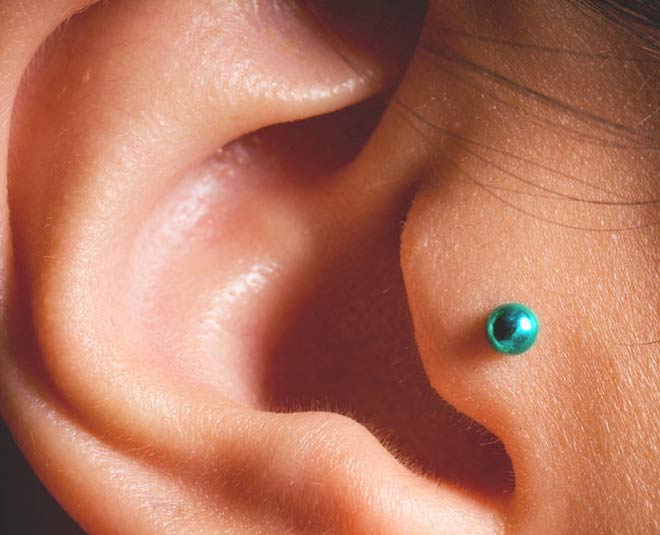
Cosmetic piercing is a very trendy practice that youngsters are really intrigued with. The early evidence of body piercing had been found in Iraq and they dated back to the 9th century BC. Further, as a part of a Hindu Ritual, every person has 16 Sanskaars out of which, piercing of the ears is one. But now as the world is headed towards advancement with a full thrust, modernisation in perspectives, customs and practices have been emerging time and again.
Similarly, piercing has now become a very cool procedure, in which people get their different body parts pierced to make them look attractive. Therefore, if you are thinking of getting a body piercing session for yourself soon, take a look at this article before doing that. Here we will explain in detail the precautions, care, and healing process during body piercing. So, read on to find out more.

Getting pierced means that you'll be exposed to needles and some equipment that is required to make a hole or puncture in a certain area of your body which will also create a fresh wound at the same time. So, you have to make sure that this equipment or the needle that is being used for your piercing is sterilized well before performing the task. Otherwise, there'll be a risk of contracting serious bacterial infections such as tetanus. To avoid such complications, try to get it done from a renowned tattoo/piercing studio that follows safety measures strictly and sterilizes its equipment properly.
Be aware that the person performing your piercing should be wearing gloves. If all of these safety protocols are absent, then, leave the studio immediately. Even after the piercing is done, infections can still happen as it is an open wound. So, make sure to clean that particular area of your skin regularly using alcohol-based disinfectants at least twice a day.

Piercing wounds heal mostly in a matter of 4-6 weeks but that may vary, depending upon the location of your piercing on the body. The most common, ear lobe piercing wound will heal in itself in less than 4 weeks whereas piercings are done on body parts such as eyebrows, nose, lips, and belly button might take months to heal. To make sure that your piercing heals well in time, you should try to keep it free from water and not cover the wounded area for a long exposure of time.
This is because piercing wounds need air to heal. Also, using the right kind of jewellery( DIY paper jewellery ideas to try) is necessary as some metals may cause certain wounds to swell, and on the other hand, some metals may speed up the healing process. Keep disinfecting the area regularly and make sure that the wound is left open.
Don't miss: From Oval To Stiletto, Here’s How You Can Achieve Different Nail Shapes

Here's a list of some metals which can be worn as jewellery after you get your piercing done.
Stainless steel is the most common metal used after a fresh piercing job as it is least likely to cause any kind of infection.
The second most common metal which is worn after piercing is titanium, slightly expensive than stainless steel but a perfect substitute for people who tend to be allergic to stainless steel. Also, titanium is used for surgical implants in the body which means that it's very safe.
Gold is also a very popularly worn metal, costs a lot more than stainless steel but it's not recommended to wear it straight after the piercing as it contains strains of nickel which can be allergic to the skin.
Don't miss: Here Are Five Easy Lip Art Designs To Try Out At Home
If you liked reading this article then stay tuned to Her Zindagi for more such pieces.
Also watch this video
Herzindagi video
Our aim is to provide accurate, safe and expert verified information through our articles and social media handles. The remedies, advice and tips mentioned here are for general information only. Please consult your expert before trying any kind of health, beauty, life hacks or astrology related tips. For any feedback or complaint, contact us at compliant_gro@jagrannewmedia.com.